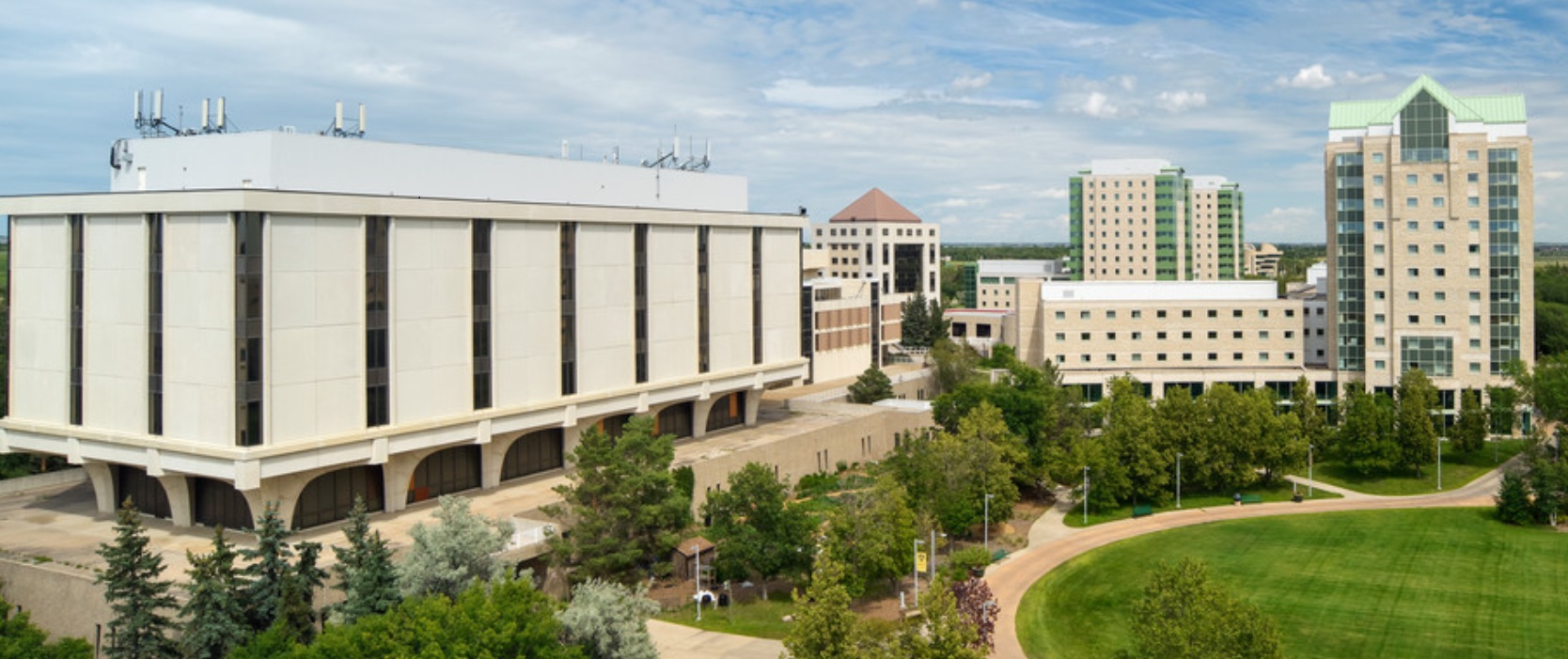Insider Brief
- Scientists discovered a new electron transfer mechanism in stacked molecules that mimics natural photosynthesis and could improve artificial solar energy conversion.
- The study found that in polar solvents, electrons move efficiently through a “through-stack” hopping process with minimal energy loss, similar to molecular wires.
- Researchers aim to refine molecular structures and test different solvent environments to enhance charge transport efficiency for future solar energy applications.
Scientists have identified a new way to transfer electrons in synthetic molecules, mimicking nature’s approach to harnessing solar energy. The discovery could help develop more efficient materials for solar cells and artificial photosynthesis.
An international team of researchers developed molecular structures that stack like pancakes, allowing electrons to move between them in a process similar to charge transport in natural photosynthesis. Their findings, published in Nature Chemistry, suggest that this “through-stack” electron transfer may be as effective as traditional methods, such as moving charges through molecular bridges.
“The molecular design allows charge transport to take place with minimal energy loss,” the researchers write. “Selective excitation of the donor induces electron transfer to the acceptor unit in polar solvents, facilitated by a ‘through-stack’ wire-like charge hopping mechanism with a low attenuation factor β = 0.21 Å−1, which suggests through-stack as being equally supportive for long-distance sequential electron transfer compared to the investigated ‘through-bond’ transfer along π-conjugated bridges.”

How It Works
In photosynthesis, plants convert sunlight into chemical energy by moving electrons across tightly packed molecular structures. Scientists have long sought to replicate this in artificial systems. The study focused on perylene bisimide (PBI) molecules, which can be arranged in a stack where electrons hop between layers like rungs on a ladder. Using ultrafast spectroscopy, the researchers found that electrons travel efficiently through the stack, even over relatively long distances.
The researchers measured the effectiveness of the charge transfer by analyzing how quickly and efficiently electrons moved through the stacked molecules.
The researchers found that when they shined a specific wavelength of light (650 nm) on the donor molecule, it triggered an extremely fast movement of electrons through the stacked molecular system. In their experiments, they confirmed that in polar solvents — which have molecules that interact with charges, the electrons moved efficiently along the stacked molecules in a way similar to how wires conduct electricity. The resistance to this movement was low, meaning the electrons could travel easily. However, in non-polar solvents, which do not stabilize charges in the same way, the electrons got stuck in the intermediate molecules and did not reach the final acceptor, limiting the charge transfer process.
Previously, two main charge transport mechanisms were known: one where electrons tunnel directly from donor to acceptor, and another where they move step by step through intermediate molecules. This study introduces a third method — electron hopping through stacked molecules — which combines aspects of both.
Three Molecular Stacks Tested
The researchers synthesized and tested three different molecular stacks, each with increasing numbers of layers, to determine how charge transfer efficiency changed with structure. They found that in polar solvents, electrons moved through the stack with an attenuation factor that indicated weak resistance to electron movement. This means the stacked molecules function similarly to molecular wires, where charges can move across long distances with minimal energy loss.
However, the researchers observed a key limitation: in non-polar solvents, the electron transfer process stalled. Instead of reaching the final acceptor, the charge remained trapped within the bridge molecules. This suggests that the charge transport mechanism depends on environmental factors and that further work is needed to improve performance across different conditions.
Improving Solar Energy Conversion
The findings have implications for improving solar energy conversion and the design of next-generation electronic materials. Traditional organic photovoltaics rely on charge transport through molecular bridges, but stacked structures may offer an alternative approach with greater efficiency and stability. Understanding the conditions that support efficient electron movement will help scientists refine molecular architectures for artificial photosynthesis and solar energy harvesting.
The team writes: “Accordingly, we envision that with stronger PBI acceptor units, we may accomplish ET processes across far more extended PBI arrays based on the small attenuation factor. Our detailed studies of structurally well-defined π-stacked DA-PBI arrays constitute an important fundamental step towards the understanding of competitive photophysical processes in structurally tailored nanosystems that serve as synthetic counterparts to natural photosynthetic complexes and models systems for the design of a variety of photofunctional materials.”
The researchers plan to explore ways to enhance charge transport by modifying the molecular structure and testing different solvent environments. Future studies could also examine whether stacking different types of molecules can further improve efficiency or enable new functionalities in light-harvesting systems.
“Our results provide fundamental insights into charge transport and open new directions for designing efficient solar energy materials,” the researchers wrote. The study underscores the importance of molecular structure in determining how efficiently energy moves through synthetic systems, bringing scientists one step closer to mimicking nature’s blueprint for solar power conversion.
The research team included Leander Ernst and Frank Würthner, both of Universität Würzburg, and Hongwei Song and Dongho Kim, of Yonsei University.








